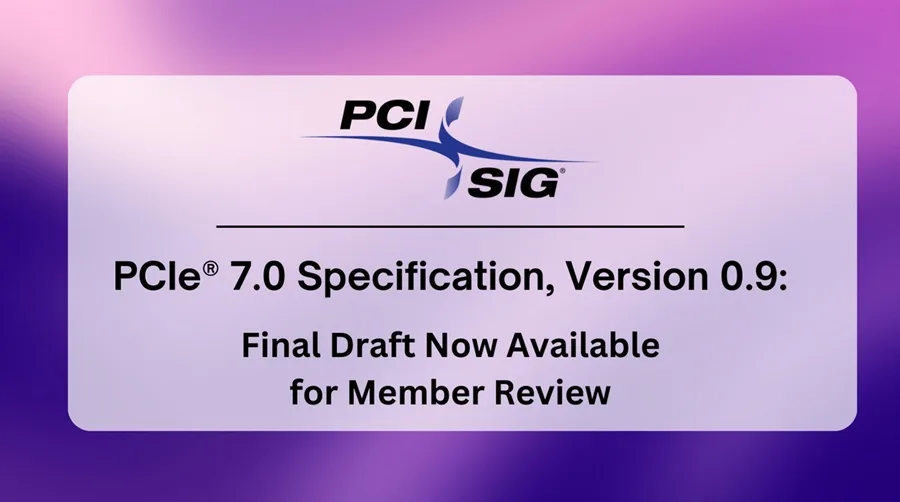The PCI Special Interest Group (PCI-SIG) announced the release of PCI-Express (PCIe) 7.0 version 0.9, the final draft of the next-generation interconnect standard, now available for member review.
This milestone brings the industry one step closer to a technology that doubles the data transfer rate of its predecessor, PCIe 6.0, reaching an impressive 128 gigatransfers per second (GT/s). With a bi-directional bandwidth of up to 512 GB/s in an x16 configuration, PCIe 7.0 is poised to meet the escalating demands of data-intensive applications.
First introduced in 2022, PCIe 7.0 has progressed rapidly, with version 0.7 released in January 2025. The latest 0.9 draft, hailed as the final pre-release version, allows PCI-SIG’s over 900 member companies to conduct internal reviews for patent considerations.
No major functional changes are expected before the full specification launches later this year, keeping PCIe 7.0 on track for its anticipated 2025 debut.
The standard continues to leverage PAM4 signaling, introduced with PCIe 6.0, to achieve higher data rates while maintaining compatibility with previous generations.
PCI-SIG President Al Yanes emphasized the group’s commitment to innovation, noting that PCIe 7.0 targets high-bandwidth sectors like AI, machine learning, hyperscale data centers, and 800G Ethernet.
“We’re proud to double the data rate every three years, from 64 GT/s in PCIe 6.0 to 128 GT/s,” Yanes stated. This leap quadruples the 32 GT/s of PCIe 5.0, which only recently entered mainstream use.
While consumer adoption may be years away—given PCIe 5.0’s gradual rollout—industry experts predict PCIe 7.0 will first power enterprise solutions, such as advanced GPUs and SSDs, by 2027 or 2028. As the digital landscape evolves, PCIe 7.0 promises to keep pace, ensuring robust performance for tomorrow’s technologies.
